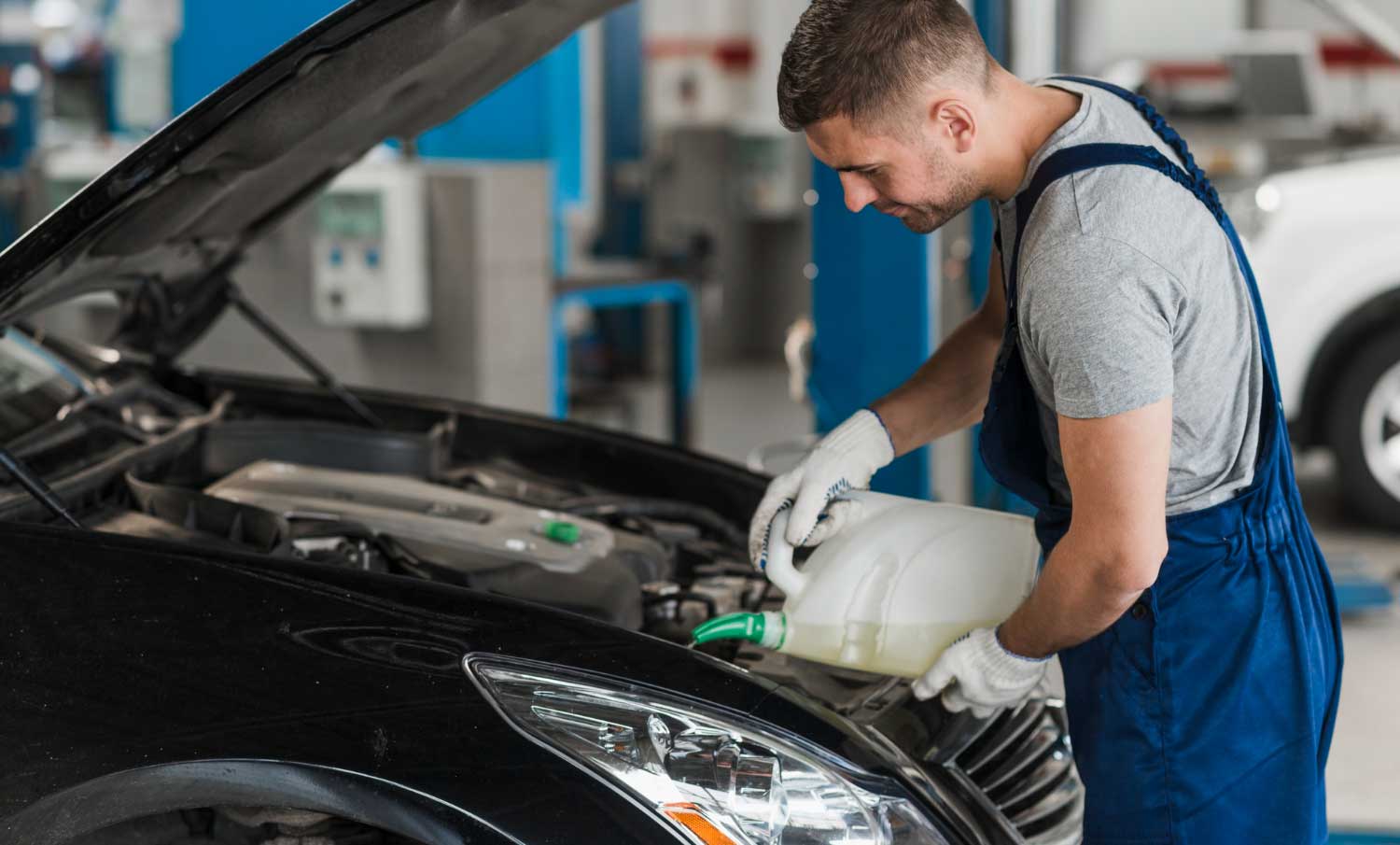
Choosing oil and grease is an exact science. The right product protects components, preserves efficiency and helps vehicles meet manufacturer requirements. In Australia, the stakes are higher again: long distances, heat, dust and towing all add load to engines, transmissions and wheel ends. The Australian Lubricant Association promotes fit-for-purpose selection so products sold and used locally meet appropriate specifications, with accurate claims to match.
Start with the specification, not the shelf
Before you reach for a bottle of automotive lubricants, confirm the standard and viscosity your vehicle requires. Engine oil viscosity is defined by SAE J300, the scale behind common multigrades such as 5W-30 or 10W-40. That standard sets limits for cold cranking and high-temperature behaviour, which is why two oils labelled 5W-30 must perform within the same band.
Next, match the product family to the system you are servicing. LSA Oils’ Automotive range makes it straightforward to browse oils for cars, 4WDs, light commercials and beyond, with clear product groupings for engines, transmissions, differentials and greases. If you prefer a direct starting point, keep the LSA Automotive page bookmarked.
Engine oils: viscosity and approvals
Modern engines are built to tight tolerances and depend on the correct viscosity at start-up and at operating temperature. SAE J300 provides the viscometric framework, but you still need the manufacturer’s performance spec in the handbook. A compliant car lubricants maintains film strength under load and resists oxidation across long drains, which is why approvals and documented test limits matter as much as the grade on the label.
Gear oils: know your GL rating and application
Gear trains face high sliding loads, especially in hypoid differentials. That is where API GL classifications come in. GL-4 products are commonly used in manual gearboxes and transaxles that need synchroniser friendliness, while GL-5 products carry higher levels of extreme-pressure additives for heavily loaded hypoid sets found in differentials. Limited-slip differentials may also require friction modifiers or dedicated LS formulations. LSA’s gear oil lineup clearly identifies grades and intended uses, so you can zero in on 75W-90 GL-4 for a manual gearbox or 85W-140 GL-5 for a working differential, and then confirm the exact call-out in the owner’s manual.
Greases: match consistency and thickener to the job
Grease is not just “thicker oil”. Consistency is defined by the NLGI grade number, which runs from semi-fluid 000 through to very firm 6. Most automotive chassis and wheel-bearing applications use NLGI 2, while centralised systems or cold climates may call for softer grades. Beyond consistency, thickener chemistry matters for water resistance, mechanical stability and compatibility, so avoid mixing dissimilar types without advice. If in doubt, consult a chart or the data sheet before topping up.
Quick reference: choose by category
| Category | What it protects | Typical standards to check |
| Engine oils | Pistons, bearings, valvetrain | SAE J300 viscosity plus OEM approvals |
| Gear oils | Manual gearboxes, differentials | API GL-4 or GL-5, LS requirements |
| Greases | Wheel bearings, chassis points, joints | NLGI grade, thickener type, OEM notes |
A step-by-step method that works
- Check the handbook or service sticker. Confirm viscosity and any OEM approvals.
- Select the system. Engine, manual transmission, automatic transmission, differential or hub. LSA’s category pages make it easy to navigate by system.
- Match the standard. For gear oils, confirm GL-4 versus GL-5 and whether a limited-slip friction package is required. For greases, choose the correct NLGI grade and thickener family.
- Validate with product data. LSA publishes detailed product and safety data sheets with specifications and typical properties, which helps you verify fit before you buy.
- Record fills and intervals. Keep a log for warranty and repeatability, especially for hard-working vehicles that tow or see heavy payloads across Australian conditions. The ALA’s industry education focus underscores this discipline.
Why Australian conditions push lubricants harder
Local duty cycles often combine high ambient temperatures with long highway runs, corrugated surfaces and frequent towing. The ALA notes that Australia’s market has unique demands, which is why it advocates quality, specification integrity and consumer guidance. Pair that with a retailer that documents API, ACEA and OEM approvals, and you avoid the false economy of under-spec oils.
Linking products to real applications
LSA’s gear oil pages highlight where each grade fits. A 75W-90 GL-4 product suits many manual gearboxes and transaxles that need synchroniser protection, while an 85W-140 GL-5 EP oil targets heavily loaded differentials. Limited-slip formulations are called out clearly for diffs that need them. Browsing the catalogue by category narrows the choice, then the data sheets confirm approvals and typical characteristics.
Tools and help when you need it
If you want a guided path, LSA’s site pairs product families with selection aids and up-to-date data sheets. That keeps decisions quick for workshops and straightforward for home service. You can also explore LSA’s guidance resources, which act as a built-in lube assist when you are short on time and need to cross-check a specification.
Final guidance
- Use the spec first, then the brand. The SAE grade and API or OEM approval are non-negotiable.
- Respect the differences between GL-4 and GL-5, and only use LS products where required.
- Treat grease like a separate engineering choice. Match NLGI and thickener to the job and check compatibility before mixing.
- Keep it local. Australian usage patterns reward well-specified products and documented claims, which is exactly what the ALA aims to support.
When you are ready to choose, start at the LSA Automotive page and drill down to the system you are servicing. For differentials and transfer cases, the dedicated gear oils section is a smart shortcut. If questions linger, speak with LSA’s team of lubricant specialists for practical advice grounded in data sheets, OEM requirements and Australian conditions.